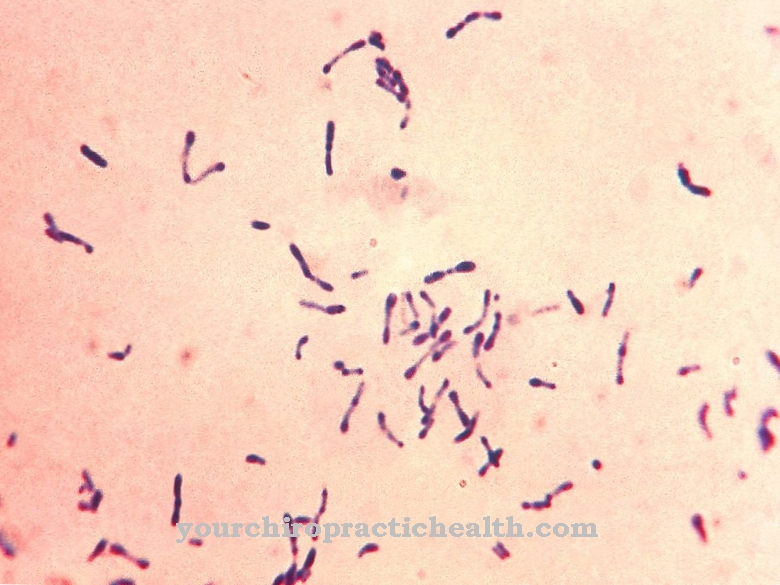The West Nile Virus occurs in tropical and temperate areas, comes from the Flaviviridae family and was discovered in 1937. The virus mainly infects birds. If the virus is transmitted to a person, the so-called West Nile fever develops, a disease 80 percent of which does not cause any symptoms. However, West Nile fever is fatal in less than 1 percent of all cases.
What is West Nile Fever?
The genome of the West Nile virus is (+) ssRNA linear and belongs to the Baltimore 4 group. The symmetry is icosahedral. The virus is in a shell. It belongs to the Flaviviridae family or the Flavivirus group. As a rule, birds become infected, and humans, horses and other mammals can also be infected by the virus.
Occurrence, Distribution & Properties
There are various indications that Alexander the Great was already infected with the West Nile virus and subsequently died of West Nile fever. First official records show that the West Nile virus was discovered as early as 1937. In 1957 the virus appeared in Israel; 1960 in Egypt and France.
In the past few years there have been an increasing number of cases in which the West Nile virus was detected and West Nile fever was subsequently diagnosed. The virus occurred in Algeria, Romania, the Czech Republic, Russia, North America, the Democratic Republic of the Congo and Israel. There were several cases in Hungary in 2004 and in Austria in 2008. In 2010 there were 37 deaths in Greece; There were more infections in 2011, but in other parts of Greece.
After the West Nile virus was discovered in North America in 1999, it also received media attention. In the USA, the areas around New York City were mainly affected. Today it is certain that the virus was flown in from Israel; a machine that flew from Tel Aviv to New York transported an infected mosquito. The first sign that it could be the West Nile virus was the phenomenon of dead birds in Central Park. A few days later, mainly elderly people fell ill; Deborah Asnis, a tropical medicine doctor from the Bronx, informed the researching military doctors that it could sometimes be the West Nile virus.
The virus spread across the entire North American continent; In 2004 it reached the west coast. In 2012, after experts had already assumed that the virus would disappear again, another epidemic followed with over 5,000 infected people.
Illnesses & ailments
The West Nile virus attacks birds and mammals, including humans. The virus is transmitted via mosquitoes. The mosquitoes are those of the genera Aedes, Culex and Ochlerotatus. The Asian tiger mosquito, which is already native to Europe, can also transmit the West Nile virus. Spreads based on smear infections or droplet infections are possible, but extremely rare.
After infection, a distinction is made between primary and secondary viraemia. In primary viraemia, infection occurs through the skin. A local reaction can then be seen. There is a presumed accumulation in the so-called dendritic Langerhans cells. The virus spreads within three to seven days and migrates directly to the lymph nodes via the lymphocytes.
In secondary viraemia, the body makes the first antibodies after ten to 14 days. Cytoplasm is used more and more. If the virus crosses the blood-brain barrier, glial cells and neurons can be attacked.
In 20 percent of all cases, patients complain of flu-like symptoms. Mainly headache, body aches and fever occur. Meningitis and encephalitis are possible and can be fatal.
80 percent of all people who have become infected with the West Nile virus do not notice the infection. For less than 1 percent, however, the infection actually becomes a life-threatening disease. Patients complain of muscle weakness, disorientation, drowsiness, cramps, a stiff neck, and a high fever. Occasionally, a coma and, subsequently, death is also possible.
There are no specific treatments; mostly only the symptoms can be alleviated. Since there is no vaccine against the West Nile virus, all that remains is protection against mosquitoes. Around 200 cases are documented in Europe every year. These are mainly infections that vacationers in tropical regions have contracted.

.jpg)

























